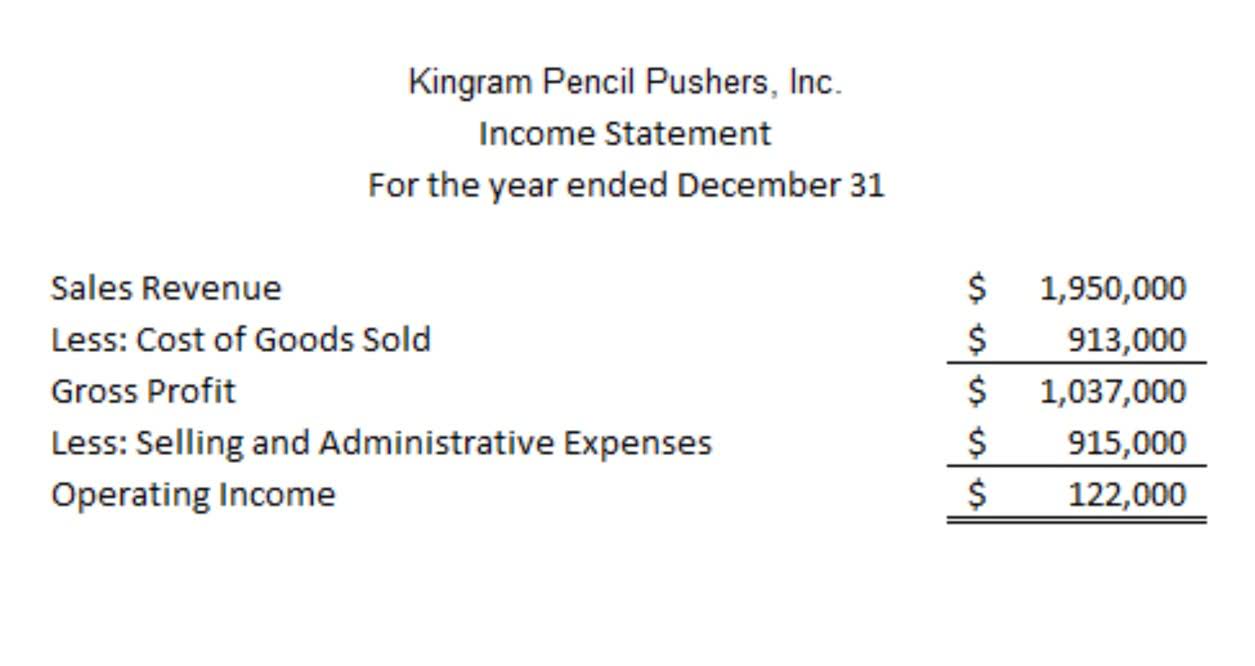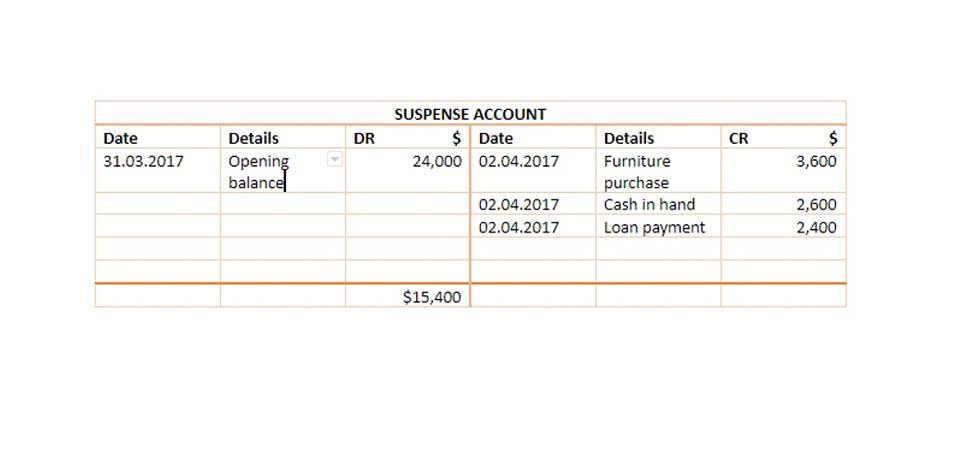
These are earnings you reinvest into the business to help fuel future https://robbymatthews.com/15-best-accounting-software-for-small-businesses/ growth or reserve in the face of opportunities or downturns. Unlike assets, retained earnings are the capital that successful business operations generate and keep for the company’s long-term strength. Retained earnings evolve throughout an accounting period as profits roll in and you pay business expenses.
During the year the company incurred a net loss of $120,000 after deducting all the expenses. Since there is a net loss from the profit and loss account, dividends to any shareholders will not be distributed. Calculate the retained earnings of the is retained earnings an asset company for the period ending in 2019. Retained earnings are the portion of a company’s cumulative profit that is held or retained and saved for future use.

While representing profits, these earnings are not a specific pool of cash but reflect the company’s financial strength and capacity to generate funds internally. Tax-wise, retained earnings can affect a company’s tax liability, as they are closely scrutinized by tax authorities to determine the appropriate taxation level. Retained earnings are not assets; they are a component of owner’s equity on the balance sheet.


Equity, often referred to as owners’ equity or shareholders’ equity, represents the residual claim of the owners on the company’s assets after all liabilities have been satisfied. The calculation of retained earnings involves a straightforward formula that tracks changes over an accounting period. To this, the net income (or loss) generated during the current period is added, and any dividends paid out to shareholders are then subtracted.

Instead, they signify a portion of the total assets that have been financed by the company’s past earnings rather than by debt or new owner investments. Normally, these funds are used for working capital and fixed asset purchases (capital expenditures) or allotted for paying off debt obligations. On a company’s balance sheet, retained earnings or accumulated deficit balance is reported in the stockholders’ equity section. When a company has positive retained earnings, it shows that the business has historically been profitable and has chosen to reinvest those profits. This reinvestment supports the company’s ability to grow and compete in the market. Conversely, negative retained earnings, often called an accumulated deficit, indicate that a company has incurred losses over time or paid out more in dividends than it earned.

Retained earnings are classified under the equity section of the balance sheet, not the asset section. Retained earnings are an equity account, appearing in the shareholders’ equity section of the balance payroll sheet. This classification is because retained earnings represent accumulated profits that increase owners’ stake, directly impacting the equity side of the accounting equation.